The internet is littered with scripts, strategies, and advice on how to make a good cold call. Some of it is useful, but unfortunately most of them do not apply well to the modern B2B environment.
This article is not a one-size-fits-all script or a magic pill. Instead it is a proven template developed from my direct experience.
My co-founder used this template and he had no previous sales experience. Within 2 weeks he was able to effectively pitch prospects and was setting appointments.
There are a few things I aim to do in this article:
- Walk through a usable template you can learn and try today
- This is not a script, nor is it high level musing. It is a template you can use today.
- I will follow up each idea with a specific example
- Unlike many experts, I have actually made an enormous amount of cold calls in the last 12-18 months. I left sales management to start my own company, and cold calls were our primary acquisition driver for our first 10 paid clients. We engaged all of them using this template.
An effective cold call requires a different approach, and to some extent, a different set of skills, than the rest of the sales process. (Many of the ideas below are the exact opposite of how I would recommend you run a demo!)
Here is my guide to construct and execute an effective cold call.
Smile Icon: Icon made by Freepik from www.flaticon.com is licensed by CC 3.0 BY
1. Open the call like a normal, excited, human being
You need to set the right tone. What you say here is far less important than how you say it.
You do not need to make sure to use, or avoid using any particular phrases.
Despite some strong opinions, there is no right or wrong answer to whether or not you should ask the person how they are doing, or if “hi” is more “peer level” than “hello”.
It doesn’t matter.
What does matter:
- Bring energy and optimism
- Don’t sound super salesly (too much optimism)
- Own the fact that you are cold calling them (do not try to trick in them into thinking you know each other at first, or that you are researching the industry or any nonsense like that)
- A good way to think about your tone and approach is: “I am being super forward and calling you unannounced here because I have information/insight that you really should hear about”
Example:
Sales rep: Hey Bob, this is Julian from SuccessKit. How’s it going?
Prospect: Good..
Sales rep: Great. Sorry to catch you off guard here, we have not spoken before. Let me very quickly tell why I am calling.
This seems simple, and you could write off my approach, but prospects actually appreciate that you are starting off the call with honesty and candor, and that you value their time.
Ask Icon: Icons made by Freepik from www.flaticon.com is licensed by CC 3.0 BY
2. Reason for call + ask for 1 minute
You need to have a reason for your call. This reason should be as specific to the person you are calling as you have the time to make it. For some sales processes, that means 15 seconds of research, for others you may spend 30 minutes.
Some good reasons for reaching out:
- You achieved results for a similar/related company to them (tell your manager about SuccessKit if don’t have these examples at your fingertips!)
- You saw a specific event at their company that may make your offering relevant right now
- Something that has happened in the industry or macro environment that might make your offering more relevant now
- (Faster) You saw something on their website that makes you think they could be a good fit
These can be simple and even mostly generic if they need to be. Some sales reps are enabled to and need to play a high volume game, and in that case your reason will have to be something simple from the website. This is okay, as long as it is inline with a high volume strategy.
On the other hand, if you have a more niche product, or a limited market/account package then you will want to put more time into this research. Discuss this trade-off with management and make sure you are selling inline with the way you are being enabled.
Once you explain this, and they agree, or at least don’t overtly object, you need to get their permission to “pitch” them.
You need to make sure they know you value their time and will be brief, and that you do not want to force them into a longer call if its not warranted. This will build more credibility, it makes you less of the pushy sales rep, and more of just a person explaining an idea to them. It will also make them more likely to agree because 1 minute is a much smaller ask!
Example:
I am reaching out because we helped another software security company improve their close rate by 12% by leveraging their customer success stories, so I wanted to take literally 1 minute to explain to you what we do, and see if it is in line with any of your initiatives. Will that be ok?
If you deliver this effectively they will agree to hear your 1 minute about 50% of the time
Negotiation Icon: Icon made by dDara from www.flaticon.com is licensed by CC 3.0 BY
3. 1 minute pitch
Yes, I know you have been hearing people (myself included) tell you over and over again that sales isn’t about pitching. It’s about understanding their challenges and agreeing on solutions.
While this is certainly true in the rest of the sales process, anyone that tells you not to pitch in a cold call hasn’t made that many cold calls in this decade. The prospect is not going to open up and answer tough questions on this call, and that is not the goal here.
You need to become great at clearly explaining what you do and what results you help your clients achieve, ideally within the context of your specific reason for reaching out to them.. all in about 60 seconds.
Example 1 minute pitch for SuccessKit:
SuccessKit is a product and service by which we create dozens of Case Studies / Customer Success Stories for B2B companies, from start to finish.
Most companies already recognize how important these assets are – when a company is considering working with you, there is nothing more impactful than showing them real examples of similar companies, the work you did for them, and exactly why they are happy working with you.
However, B2B companies often struggle to create and leverage these assets. They are difficult, and take a long time to create. We have developed a system by which we can create them for you from start to finish, far more efficiently.
The result is you are releasing new Case Studies each month, and building a repository of Success Stories that can be used in your sales and marketing processes.
Handshake Icon: Icons made by Freepik from www.flaticon.com is licensed by CC 3.0 BY
4. The Close
After the pitch has been delivered, there are a few things you need to cover:
- Find out if the pitch resonated with them
- Answer any questions they may have
- Based on your sales process, you may need to qualify them
Then, you can simply ask them to schedule a time to continue the conversation/do a demo.
If during the course of this they ask about a demo, stop talking and set the demo. You can also use your judgement asking if they want to see a demo anytime after they respond positively to the 1 minute pitch.
If the conversation goes on, you may end up wanting to ask for the demo twice. You should have a reason for doing so such as “I would be happy to setup a time to show you exactly how we helped ABC company with that”. Asking three times should be very rare, and never more than that.
Example:
Rep: So Bob, feel free to be direct with me. Do you think your sales team would benefit from better access to your customer success stories and other marketing content?
Prospect: Yeah, I think we would
Rep: Great, can I ask you a few quick questions just to make sure this does warrant further time?
(questions)
Rep: Sounds like this could be a really good fit, assuming you agree, I would like to setup a time to show our product and process. How is Tuesday afternoon for you?
Conclusion
You will notice this template is simple and straight forward, which is exactly what a cold call should be. Your goal on the call is just to introduce yourself and what you do, and find out if it warrants further conversation and follow-up. The more times you can do this effectively, the more opportunities you will have in your pipeline.
Being willing and able to make cold calls means you control your own destiny. Marketing leads will go up and down, your close rates will fluctuate, both of which can lead to missed quota and even the loss of your job. By having this skill in your toolkit, you can proactively prevent these outcomes, and instead focus on beating quota and maybe someday beating records.
Happy selling!








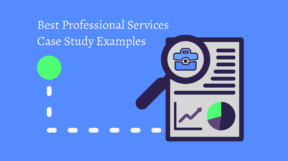
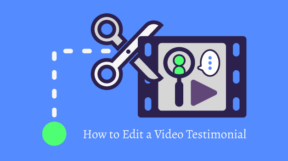
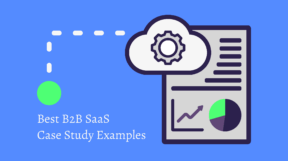
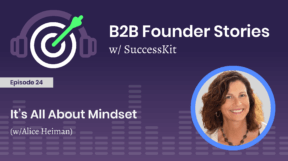
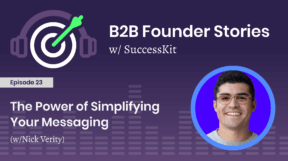
















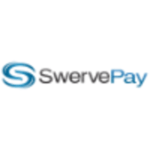

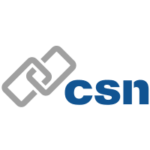

































Julian Lumpkin explained very well each steps of cold calling. It is very informative and real. We provide the best B2B Cold Calling Services in cheap prices. Please our website- https://www.getcallers.com/cold-calling